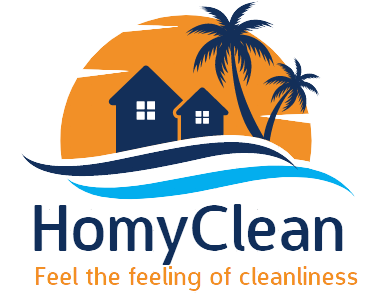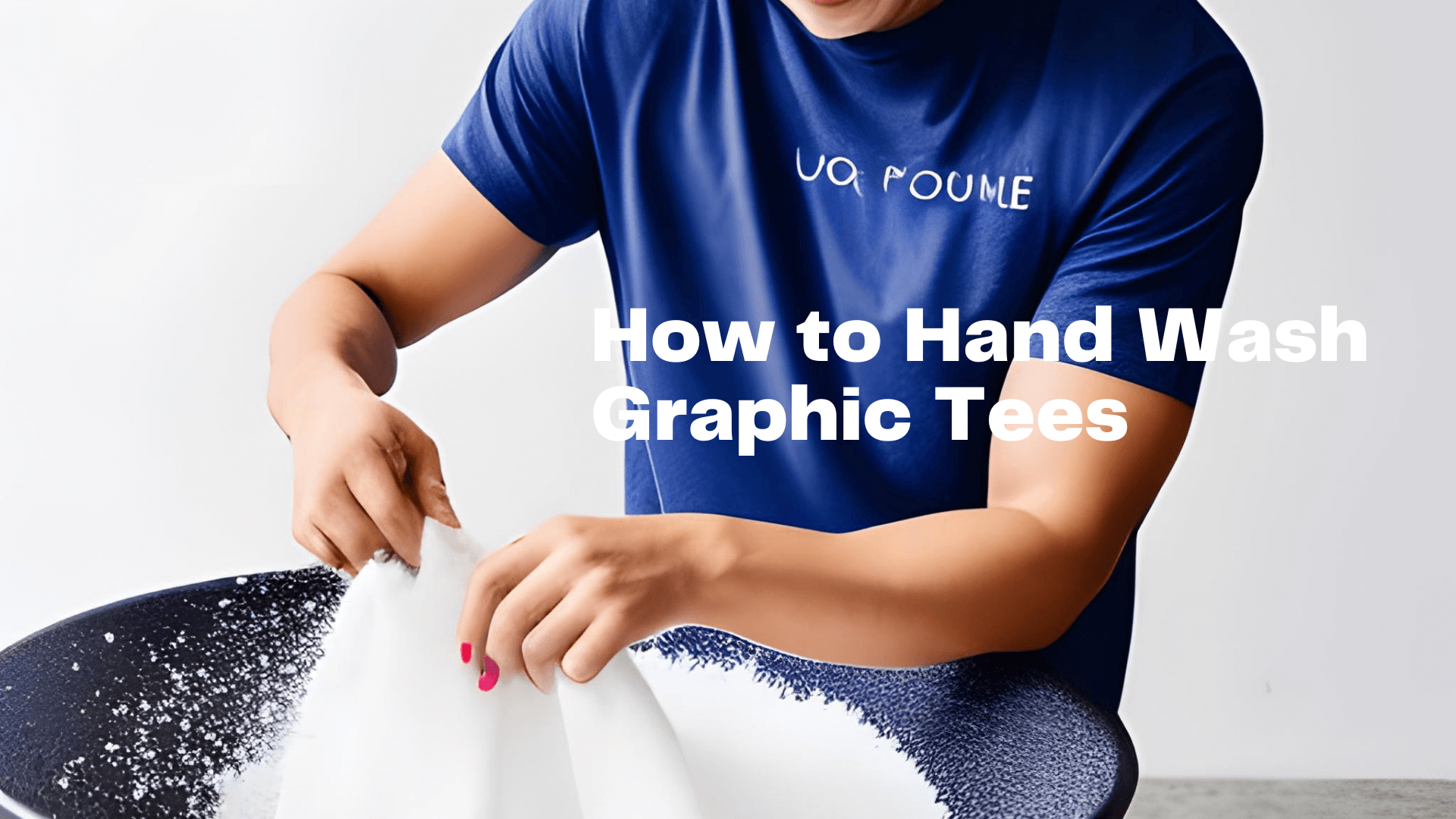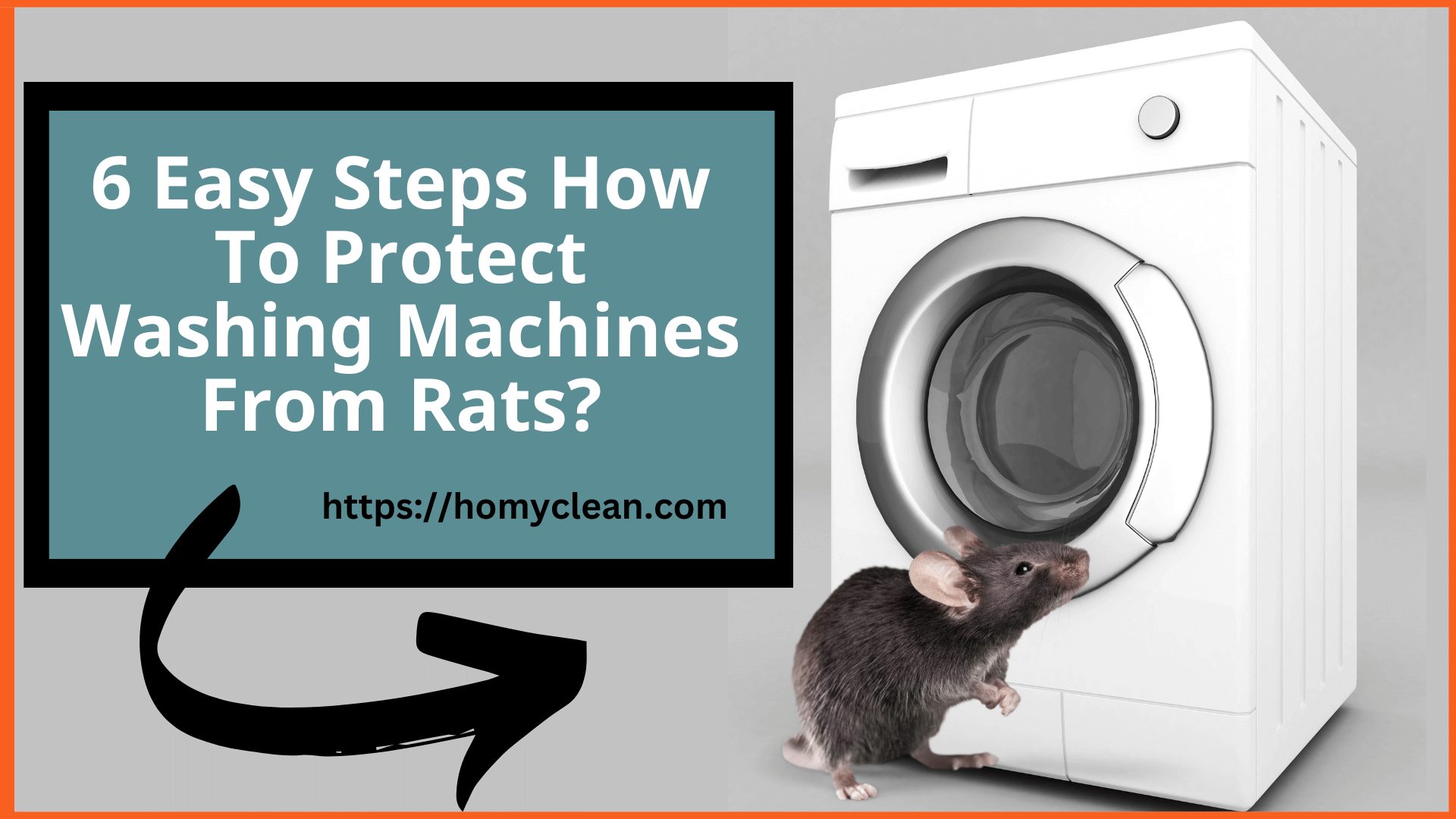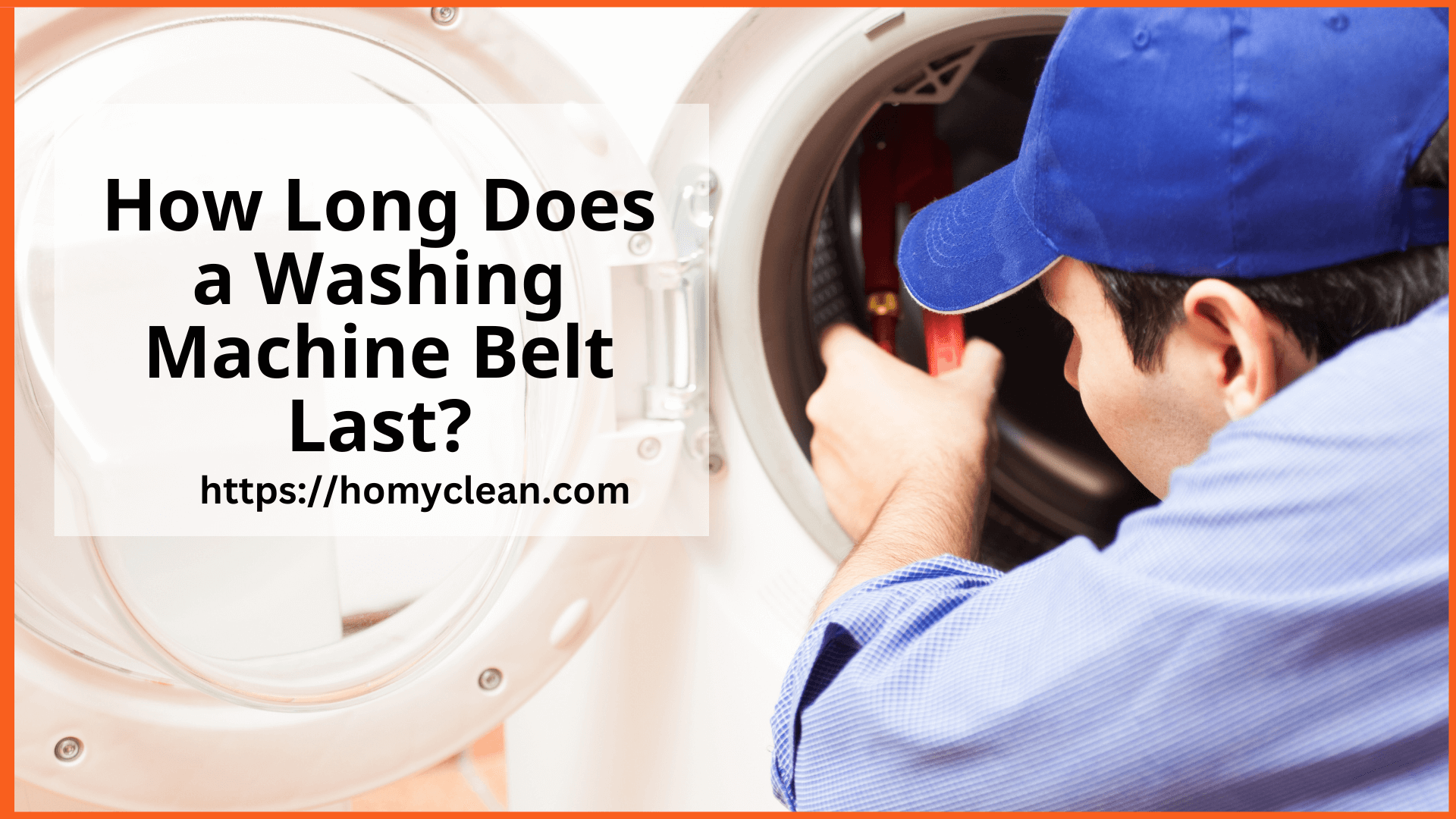As parents, we want to ensure that our little ones grow up in a safe and healthy environment. One essential aspect of maintaining their well-being is keeping their toys clean and free from harmful germs. Regular cleaning not only helps prevent the spread of illnesses but also prolongs the lifespan of the toys. In this article, we will guide you on how to clean baby toys effectively and safely.
Cleaning baby toys is essential to maintaining a safe and healthy environment for your little one. Babies are naturally inclined to explore the world around them by touching, mouthing, and playing with toys. However, these toys can easily accumulate dirt, germs, and other contaminants, posing potential health risks to your baby. Regular cleaning helps remove dirt, dust, saliva, food residue, and bacteria, reducing the chances of infections and keeping your baby safe.
Benefits of Cleaning the Baby Toys
1. Hygiene: Clean toys promote good hygiene practices for your baby. Removing dirt and germs reduces the risk of infections, allergies, and illnesses.
2. Safety: Dirty toys may harbor harmful bacteria, sharp edges, or loose parts that can pose a choking hazard or cause injuries. Regular cleaning and inspection ensure that toys remain safe for your baby.
3. Longevity: Proper cleaning and maintenance can extend the lifespan of toys. Removing dirt, grime, and stains prevents deterioration and keeps toys in good condition, allowing your baby to enjoy them for longer.
Relevant Article: How to Wash Rat Fleece and Hammocks in the Washing Machine
How to Clean Baby Toys: Gathering Supplies and Sorting Toys
- Warm Water
- Mild Dish Soap or Baby Safe Toy Cleaner
- Soft Cloth or Sponge
- Small brush or toothbrush
- Disinfectant wipes (optional)
- Towel or drying rack
- Separate toys based on material
How to Clean Baby Toys By Hand
- Check for any detachable parts and remove them if possible
- Spot clean stains using a mild soap solution and a cloth or sponge
- Rinse with clean water or wipe with a damp cloth
- Allow air to dry completely before returning it to the child
How to Clean Plastic Toys
- Fill a basin or sink with warm water and mild dish soap.
- Submerge plastic toys in soapy water.
- Scrub gently with a soft cloth or sponge, paying attention to crevices and hard-to-reach areas.
- Use a small brush or toothbrush to clean tight spots.
- Rinse thoroughly with clean water.
- Dry with a towel or place on a drying rack to air dry completely.
How to Clean Bath Toys
- Squeeze out any water or moisture from bath toys
- Soak toys in a mixture of warm water and mild soap
- Use a small brush or toothbrush to scrub away any dirt or grime
- Rinse thoroughly with clean water
- Allow air dry completely before storing
How to safe disinfectant wipes for baby toys
- Check if the toys are suitable for disinfection
- Use disinfectant wipes or a mild bleach solution
- Follow the instructions on the disinfectant product carefully
- Rinse toys with clean water after disinfection
- Rinse toys with clean water after disinfection
- Dry thoroughly before returning to the child
How Wash Teething Toys
- Follow the cleaning instructions provided by the manufacturer.
- If dishwasher safe, place teething toys on the top rack of the dishwasher
- Alternatively, clean with warm soapy water and a cloth or sponge
- Rinse well and air dry before giving it back to the baby
How to Clean Baby Toys With Batteries
- Before cleaning electronic toys, remove any batteries or power sources. This prevents damage to the toy during cleaning and reduces the risk of electrical hazards.
- Dampen a cloth with a mild cleaning solution, such as a mixture of warm water and mild dish soap. Gently wipe the surface of the electronic toy, paying attention to buttons, screens, and other areas that may accumulate dirt or fingerprints.
- Use a small brush or toothbrush with soft bristles for buttons, crevices, or hard-to-reach areas. Dip the brush into the cleaning solution and gently scrub these areas to remove dirt or residue.
- After cleaning, wipe the toy clean with a damp cloth to remove any soap or cleaning solution residue. Ensure that the toy is completely dry before reinserting batteries or power sources. Allow it to air dry thoroughly to avoid any moisture damage.
- Once the toy is dry, reinsert the batteries or power source according to the manufacturer’s instructions. Make sure the toy is completely dry to prevent any electrical issues.
Storage and Maintenance
- Store toys in a clean and dry area to prevent dust accumulation.
- Regularly inspect toys for any signs of damage or wear.
- Follow specific manufacturer instructions for storage and maintenance.
How to do Clean Baby Toys That Can’t be Washed
Cleaning baby toys that cannot be washed requires a different approach to ensure they are kept clean and safe for your baby. Here are some methods to clean non-washable baby toys:
1. Surface Cleaning
- Use disinfectant wipes
- Use baby-safe sanitizing spray
2. Vacuuming
- For soft toys
- For plush toys
3. Spot Cleaning
- For small toys or toys with hard-to-reach areas
- For teething toys
4. Sunlight
Place the toys in direct sunlight for a few hours. Sunlight has natural disinfectant properties and can help eliminate some bacteria and odors. However, be cautious, as prolonged exposure to direct sunlight can cause fading or damage certain toys.
How to Clean Baby Toys that Go in the Mouth
Washing With Mild Soap and Water
- Fill a basin or sink with warm water.
- Add a small amount of mild dish soap or a baby-safe toy cleaner to create a soapy solution.
- Submerge the toys in soapy water and use a soft cloth or sponge to scrub the surfaces gently.
- Pay close attention to any textured areas, ridges, or crevices where dirt or saliva may accumulate.
- Rinse the toys thoroughly with clean water to remove any soap residue.
- After cleaning, allow the toys to air dry completely. Place them on a clean towel or drying rack, ensuring all moisture evaporates before giving them back to your baby.
- Ensure the toys are stored in a clean and dry area, away from potential contaminants or dust.
How to Clean Baby Toys With Bleach
Cleaning baby toys with bleach requires caution and proper dilution to ensure your baby’s safety. Here’s how to clean baby toys with bleach:
Prepare a bleach solution
Dilute the bleach: Mix one tablespoon of bleach with 1 gallon (3.8 liters) of water. This creates a safe and effective bleach solution for cleaning baby toys.
Cleaning Process
- Submerge the toys in the bleach solution for about 5 minutes, ensuring they are fully immersed.
- Use a soft cloth or sponge to gently scrub the surface of the toys, paying attention to any textured or hard-to-reach areas.
- Rinse the toys thoroughly with clean water to remove any bleach residue.
- Allow the toys to air dry completely before returning them to your baby.
How to Wash Baby Toys in Washing Machine
1. Sort the toys
Separate the toys based on material and washing instructions. Group together toys that are machine washable and safe for the washing machine.
2. Prepare the toys:
Remove detachable parts from the toys, such as batteries, electronic components, or accessories. These parts may need to be cleaned separately or may not be suitable for machine washing.
3. Place the toys in a laundry bag
Place the toys in a mesh laundry bag or pillowcase to protect them during the wash cycle. This will help prevent tangling, damage, or loss of small parts.
4. Select the Appropriate Wash Cycle
Choose a gentle or delicate cycle on your washing machine to ensure the toys are treated gently during the cleaning process. Use cold or warm water according to the care label instructions.
5. Add Mild Detergent
Add a mild detergent that is suitable for baby items. Use the amount recommended on the detergent packaging for a small load or adjust accordingly based on the number and size of the toys being washed.
6. Start the Washing Machine
Start the washing machine and allow the cycle to complete. Avoid using additional fabric softeners or bleach unless specifically recommended on the toy’s care label.
7. Air drying
After the wash cycle, remove the toys from the laundry bag and place them on a clean towel or drying rack. Ensure proper air circulation around the toys for efficient drying.
Recommended Topics:
FAQs
What is the best baby toy cleaner?
The best baby toy cleaner is a mild dish soap or a baby-safe toy cleaner. These options are non-toxic and gentle on toys while effectively removing dirt and germs.
Is Rubbing Alcohol Safe for Cleaning Baby Toys
Rubbing alcohol can be used to clean baby toys, but it should be used cautiously. Dilute it properly and ensure thorough rinsing to remove any residue before returning the toy to your baby.
How Often to Clean Baby Toys:
It is recommended to clean baby toys at least once a month or more frequently if they are visibly dirty or if your baby has been sick. Regular cleaning helps maintain a hygienic play environment.
How to Wash Baby Toys with Rattles
Rattles can usually be washed in water. Submerge them in warm soapy water, gently scrub, and rinse thoroughly. Ensure no water enters the rattle mechanism and allow it to air dry completely.
Can You Wash Baby Toys in Washing Machine
Yes, many baby toys can be safely washed in a washing machine. Place them in a laundry bag, select a gentle cycle with cold or warm water, and avoid washing toys with batteries or delicate parts.
How to Sterilize Baby Toys in Hot Water
To sterilize baby toys in hot water, immerse them in boiling water for 5 minutes. Ensure that the toys are heat-resistant and do not contain batteries or other components that may be damaged by hot water.
How Do You Sanitize Baby Toys?
To sanitize baby toys, clean them with a mild detergent or toy cleaner, rinse thoroughly, and then disinfect using methods such as steam cleaning, boiling, or a bleach solution (if safe for the toy).
How Do You Disinfect Baby Toys Naturally?
You can naturally disinfect baby toys using a vinegar-water solution, steam cleaning, or sunlight exposure. These methods help kill germs and bacteria without the use of harsh chemicals.
Is It Safe to Use Clorox Wipes on Baby Toys?
Clorox wipes can be used on hard, non-porous baby toys, but it’s important to follow the instructions on the packaging. Ensure thorough rinsing and allow the toys to dry completely before use.





